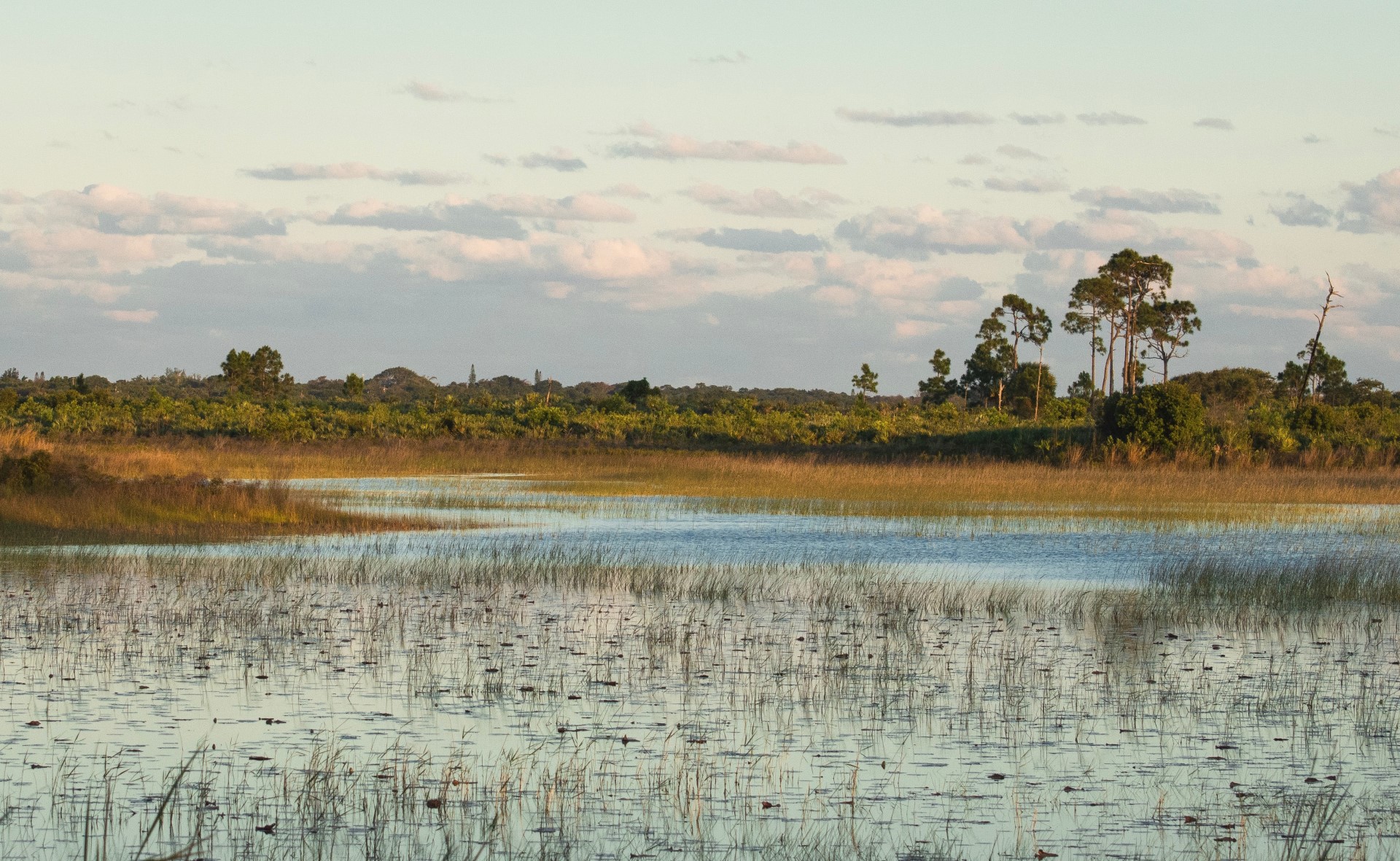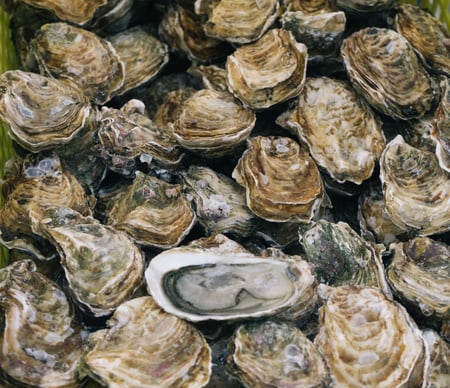
As our coastlines face increasing threats from climate change, threatening to submerge natural areas and displace people, a new bill proposes putting nature to work for change.
You already know we’re huge fans of nature. Walking in it. Barbecuing in it. Bathing in it, even. You get the picture.
Now it’s time to put nature to work protecting our shorelines, oceans, coastal inhabitants and wildlife.
How? Well, that’s just what the Living Shorelines Act proposes to answer. Before we look at that, though, let’s take a gander at why shoreline restoration is so important and the role nature plays in stormwater management.
Why Is Shoreline Restoration So Important?
 Buffering our shorelines is one of the most important steps we will take in this century to preserve coastal habitats and shore up (no pun intended) our seaside way of life.
Buffering our shorelines is one of the most important steps we will take in this century to preserve coastal habitats and shore up (no pun intended) our seaside way of life.
Why is this so do-or-die? Because severe weather events are increasing, and they bring with them some major downsides. Like, major.
For one thing, this is a financially catastrophic pattern.
“The economic losses from the 2005 hurricane season, which included Hurricanes Katrina and Rita, were $200 billion, the costliest season ever,” explains the National Oceanic and Atmospheric Administration (NOAA). It’s not just storms, either.
“Approximately two-thirds of those fisheries spend some stage of their lives in tidal marshes,” says the NOAA. As the icecaps melt and sea levels rise, those marshes become submerged, and the built-up areas behind them offer no replacement to the species that once lived there. “The net result will be billions of dollars in economic impacts affecting the livelihoods and sustainability of many coastal communities.”
For another, sea level rise and severe weather impact plants, animals and humans, all of whom are losing habitat – yes, even us. As coastlines become dangerous or get subsumed into the ocean, both wildlife and people must find somewhere else to go.
Notably, current mainstream approaches to coastline protection are not particularly effective.
What’s Wrong with Our Current Approach to Shoreline Management?
Gray infrastructure – comprising levees, dykes, seawalls, pipes and other systems made of concrete, plastic and manmade materials – is not as potent as green.
Consider North Carolina’s Hurricane Florence in 2018, which hit Beaufort with a 2.5-foot storm surge.
As Vox reports, “Florence was a big test for two different strategies for protecting the coast. While the areas with ‘hard’ solutions – seawalls – sustained damage and significant erosion, a section of coastline with a ‘soft’ solution, called a ‘living shoreline,’ fared much better.”
That natural area, made up of salt marshes and oyster reefs, is the example to which we must cast our gaze in future.
Enter the Living Shorelines Act.
What Is the Living Shorelines Act?
 Introduced by Senator Kamala Harris (CA) and Senator Chris Murphy (CT) in the Senate and Chairman Frank Pallone Jr. (NJ) in the House of Representatives, the Living Shorelines Act seeks to incorporate more nature-based solutions into shoreline management.
Introduced by Senator Kamala Harris (CA) and Senator Chris Murphy (CT) in the Senate and Chairman Frank Pallone Jr. (NJ) in the House of Representatives, the Living Shorelines Act seeks to incorporate more nature-based solutions into shoreline management.
The goals are manifold:
- Protect shorelines from storm surges
- Promote coastal ecosystems
- Reduce damage to fisheries
Living shorelines have repercussive benefits as well. For instance, there is plenty of evidence that oyster beds help manage pollution from nutrient runoff, which can cause eutrophication.
Backed by the American Society of Landscape Architects, “This legislation would authorize up to $50 million per year to help states, towns, and nonprofits implement climate-resilient living shoreline projects that use nature-based solutions.”
So far, the bill has gotten bipartisan support, and is in committee right now. You can track it here!
Want to get in touch with us to learn more about good stewardship, out on the dunes or right here in urban spaces? Call or email today!

